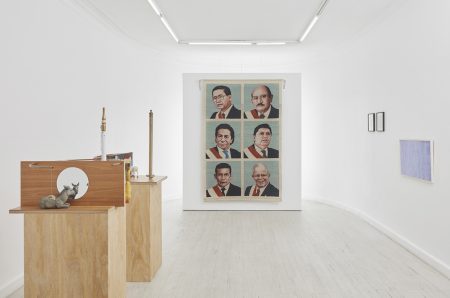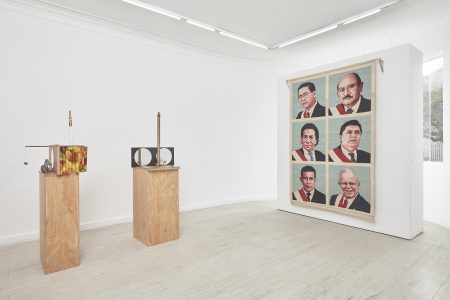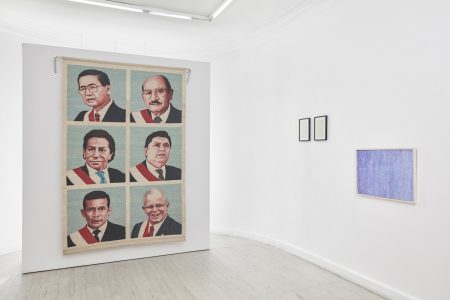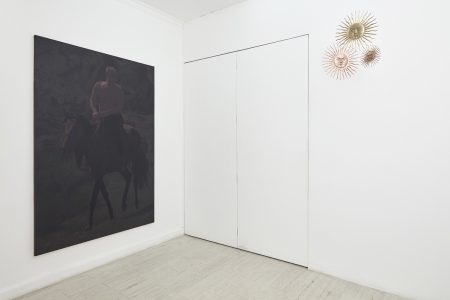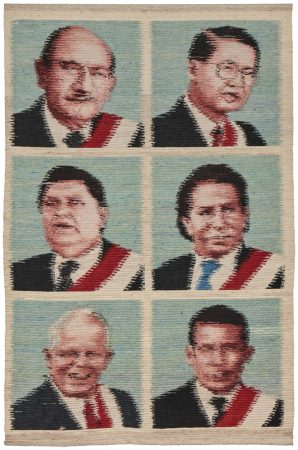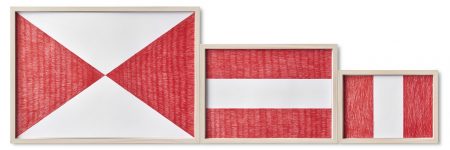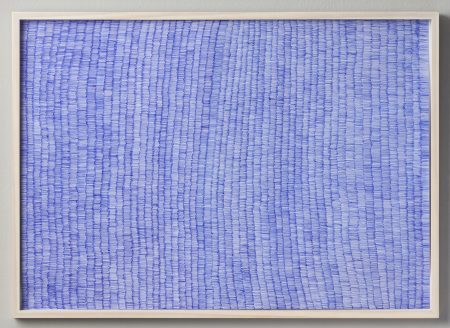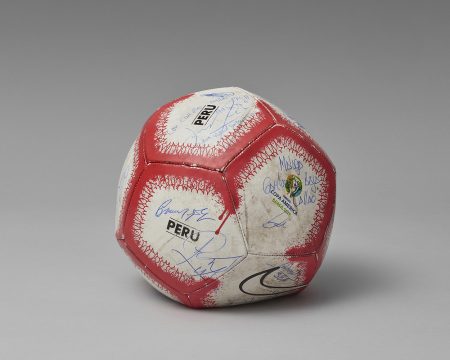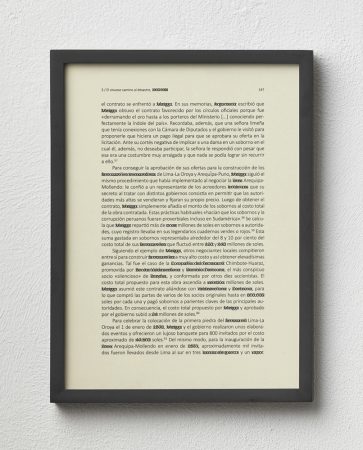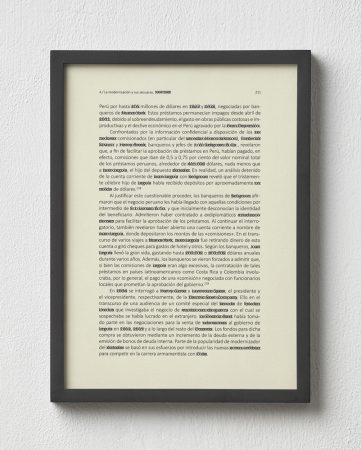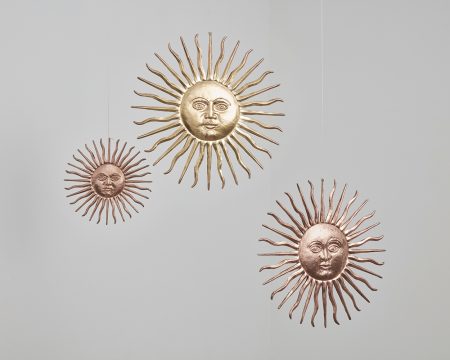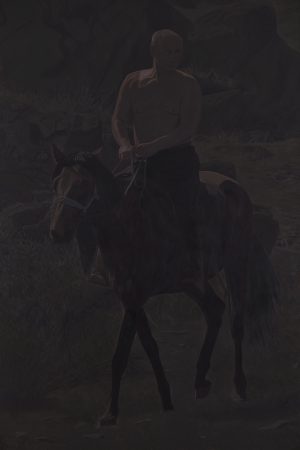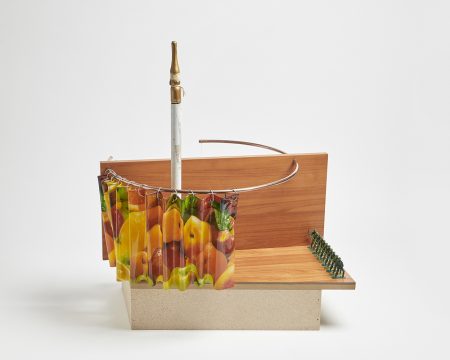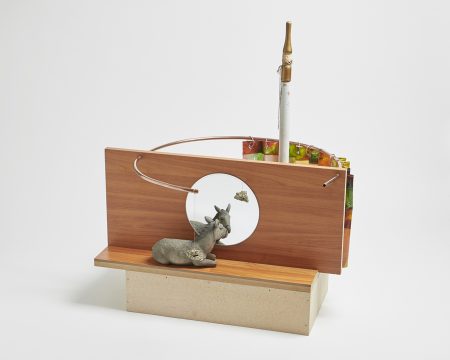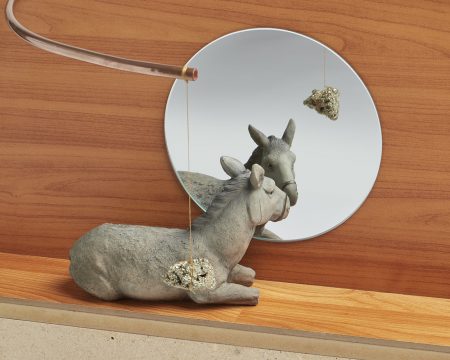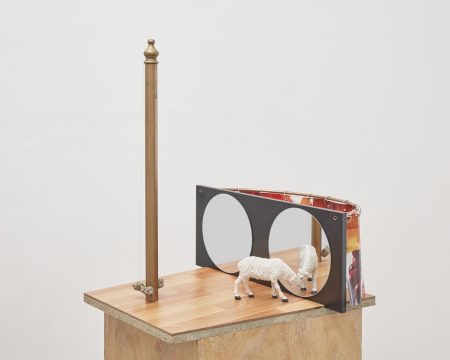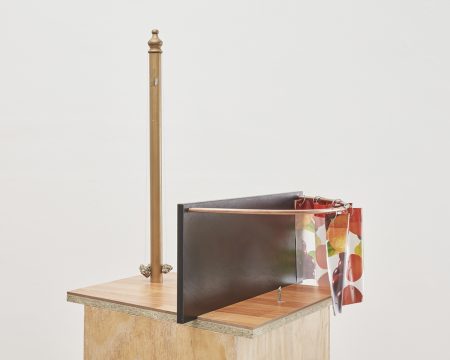Miguel Aguirre
No News Here
In July 1921, 25 days before the centenary of independence, the Peruvian government palace fell victim to the flames. President Augusto B. Leguía insisted on an immediate rebuilding in order to receive a diplomatic delegation a few weeks later. The restoration of the virtually still smoking halls coincided with a pursuit of an aesthetic of national identity as a material discourse: the present of the now independent nation should connect with its precolonial past through a recuperation of pre-Hispanic iconography. With sculptor and architect Manuel Piqueras Cotolí, the reconstruction was initially to be entrusted to the most emblematic representative of this much promoted neoperuvian style. The search for symbols to represent a nation celebrating the centennial of its independence marked a process which eventually gave the impetus for the rise of a precolonial architectural style in Lima. (Ramon: 2014)
A century later, with the bicentennial just a couple of years ahead, Aquí no pasa nada puts the focus not only on current political issues and symbols of power, but also on a social process which is absent in the construction of ideals. Aguirre’s reading of Alfonso W. Quiroz’ investigative Historia de la corrupción en el Perú (History of corruption in Peru) becomes evident in Página 147 (Page 147) and Página 211 (Page 211) and extends to a wider interpretation in the context of the show. Encuentre usted las siete diferencias (Find the seven differences) portrays the six presidents who ruled the country between 1990 and 2018 as pictured by the Peruvian schoolbook publisher Navarrete. Thanks to a remarkable collaboration with Elvia Paucar, who continues the techniques of her father and master weaver Santiago Paucar Amaru, the presidential images translate from paper to fabric, thus entering the traditional narration of the past intrinsically transmitted by Peruvian tapestry. The piece dialogues with Rios de tinta (Rivers of ink), a drawing in blue ink wasted away in the attempt to resemble a textile, an ocean, a river.
Alberto Fujimori Fujimori (1990-2000), Valentín Paniagua Corazao (2000-2001), Alejandro Toledo Manrique (2001-2006), Alan García Pérez (2006-2011), Ollanta Humala Tasso (2011-2016), and Pedro Pablo Kuczynski Godard (2016-2018).
Oil on customary canvas, a ghostly caudillo illustrates ideals of gender and politics that shaped the public space during the centenary of American independences. Aquí no pasa nada proposes an alteration of semantics when symbols change their medium and their relationship with the past. The spectator is introduced to a memory of future events dominated by governments involved, with one single exception, in corrupt practices and even crimes against humanity. A desacralized interpretation of the iconography of pre-colonial tutelary sun god Inti as recovered by the Peruvian Republic since the 19th century, the copper and bronze pieces Millones de soles (Millions of soles) contrast with a red and white soccer ball standing for the legitimate symbol of national integration. El Desquite (Rematch) was created in cooperation with inmates who are serving sentences for corruption and traffic crimes in Ancón II prison. San Martín’s consciousness of how frail a symbolic project can be, and how necessary its legitimization through a political process (Majluf: 2006), materializes as a Tarea Pendiente (Pending task) in Aguirre’s collaboration with 8-year-old Leonardo Roose. Referring to the actual sites of corruption, La Salita (The little office) and Teatro de operaciones (Theater of operations), from the series La fábula, la satira (The fable, the satire), complete a show to be read as a new interpretation of the upcoming future.
Claire Jaureguy
Ramón Joffré, Gabriel. El neoperuano: Arqueología, estilo nacional y paisaje urbano en Lima, 1910-1940. Lima: Municipalidad Metropolitana de Lima, Sequilao, 2014.
Majluf, Natalia. Los fabricantes de emblemas. Los símbolos nacionales en la transición republicana. Perú, 1820-1825. En Ramón Mujica, ed., Visión y símbolos. Del virreinato criollo a la república peruana, pp. 203-241. Lima: Banco de Crédito del Perú, 2006.
